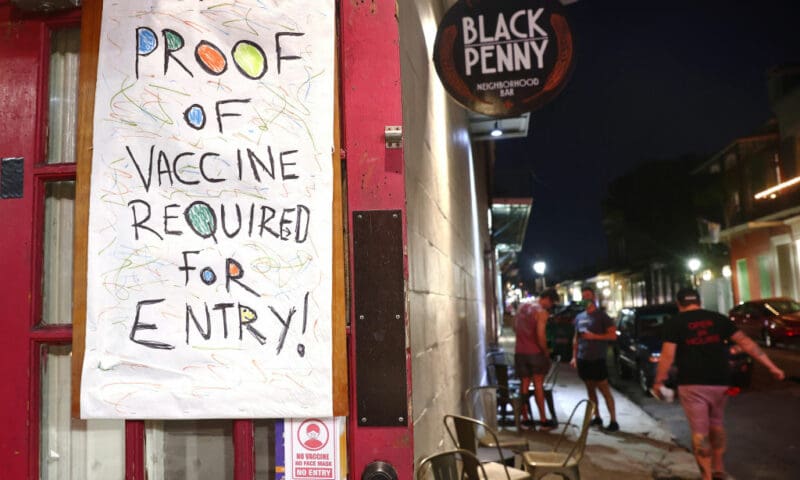
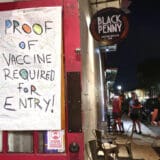
The second-largest metropolitan area in the U.S. is in limbo — and wasting time.

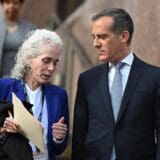
How much retail shopping contributed to January’s surge is hard to know. Critics charge the county’s policy has been fatally flawed.
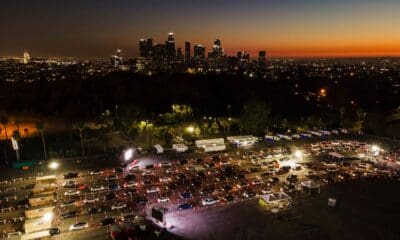

A look at L.A.’s best and worst year.
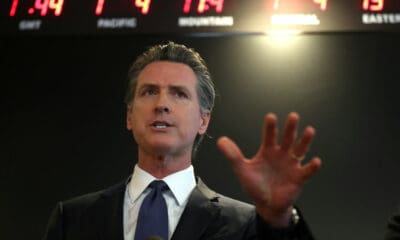

It doesn’t take the wisdom of hindsight to know that the way state and local officials barreled ahead with reopening would lead to disaster.
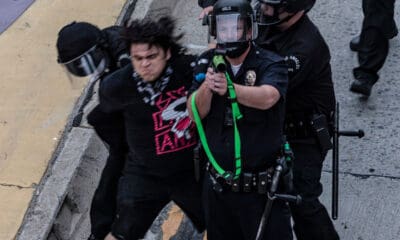

For two weeks the LAPD seemed bent on squashing protests – and on fighting the mayor and other critics in government.
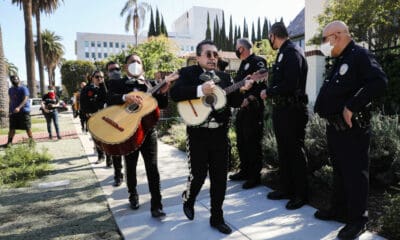

Pandemic-battered California faces another falling domino as paychecks vanish and rents come due.
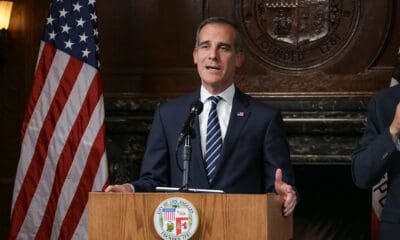

The Mayor’s Fund has raised $20 million to fund debit cards for impoverished residents hit hard by the COVID-19 economic crisis.
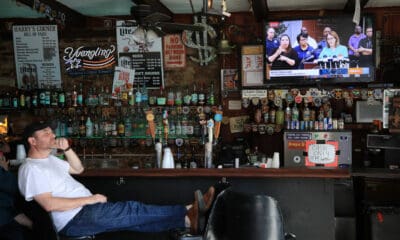
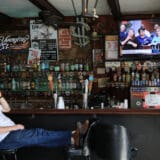
As uncertainties and conflicting data swirl around COVID-19, a few truths about the poor bear repeating.
Co-published by Fast Company
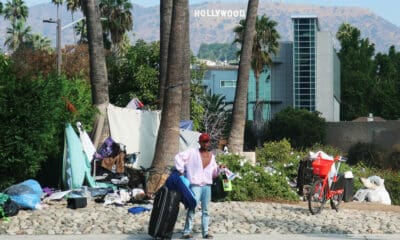
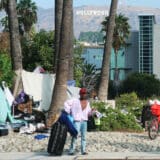
President Trump once denounced Los Angeles for its sidewalk encampments and vowed to take action without consulting the city.
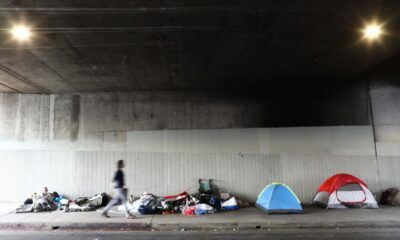
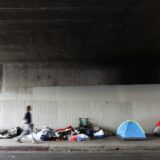
Youth, the elderly and whole families are tumbling into homelessness at a faster rate than they can be helped onto their feet.
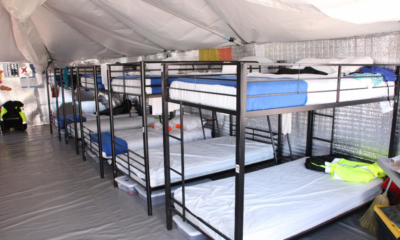

About 13,200 minors held in detention facilities will have funding for their educational services, recreational programs and legal aid cut by the federal government.
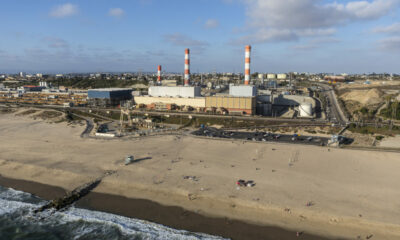

“This is the beginning of the end of natural gas in Los Angeles,” Mayor Eric Garcetti announced Monday.
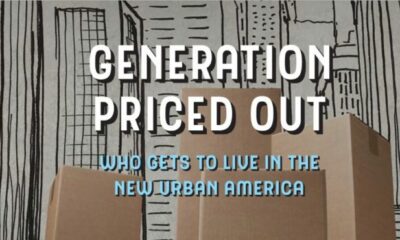

What: Randy Shaw discusses his book, Generation Priced Out.
When/Where: Skylight Books, Los Angeles; Saturday, Nov. 17, 5 p.m.
When I began writing my new book on the pricing out of the working and middle class from urban America — Generation Priced Out: Who Gets to Live in the New Urban America — the first place I turned to after the Bay Area was Los Angeles. I grew up in Los Angeles. I try to closely follow its land-use politics but was shocked to see how even neighborhoods like Boyle Heights faced displacement and gentrification. I also learned that Venice, which I always thought of as a progressive bastion, was filled with homeowners opposed to affordable housing in their neighborhood. The deeper I looked, the more I found the reasons for Los Angeles’ worsening housing and homelessness crisis: The city was not effectively protecting tenants and its rent-controlled units,
» Read more about: Randy Shaw on Los Angeles’ Lost Housing Generation »


Skid Row porta-potties have a reputation as magnets for drug-dealing and prostitution. Homeless residents say they are afraid of being robbed in them, or worse.
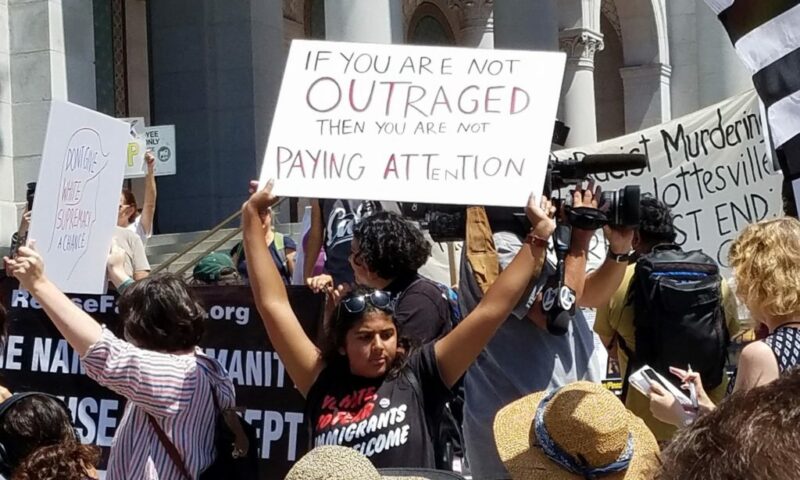
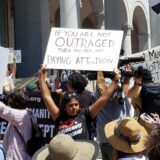
Hundreds of protesters marched through the streets of downtown Los Angeles on Sunday to denounce the deadly violence in Charlottesville.
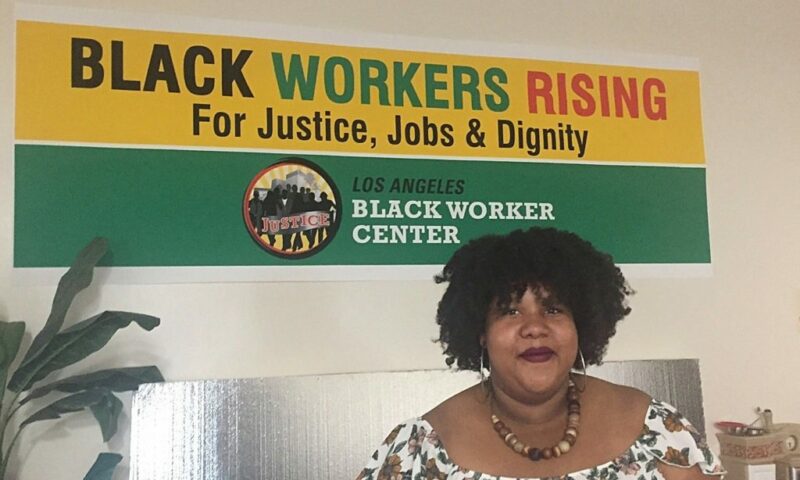
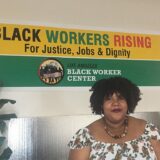
Los Angeles’ innovative “targeted local hiring” program seeks to fill 5,000 city job positions, frozen or gutted during the 2008 recession, with potential employees from communities long excluded from a cumbersome civil service process.
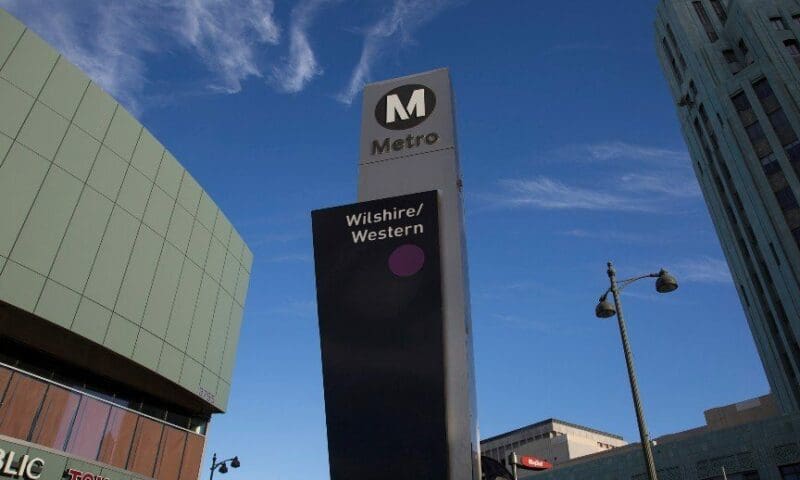

Sasha Abramsky: Why hopes are riding on the Build Better LA Initiative.
(The following talk was given last night by Robert Gottlieb at Pasadena’s ArtCenter College of Design.)[divider]
This is an interesting venue for my talk. If, historically, the school has been engaged in making the automobile a more attractive object for consumers and industry alike, then my talk seeks to do the opposite. Can we envision eliminating or at least reducing the automobile’s role in Los Angeles? And, if so, what would that mean for the ArtCenter College of Design and its long history with the automobile?
Let me start with a recent New York Times Sunday Business article on the design firm Ideo with its slogans of “slow becomes fast” “auotomobility” and “autonomous driving.” The headline for the piece was “Helping Ford Go Beyond the Car,” although it could have also been headlined “How to save the car while also capturing its alternatives.” Is this the route for the ArtCenter College of Design?
» Read more about: Imagining a Los Angeles With Fewer Cars »
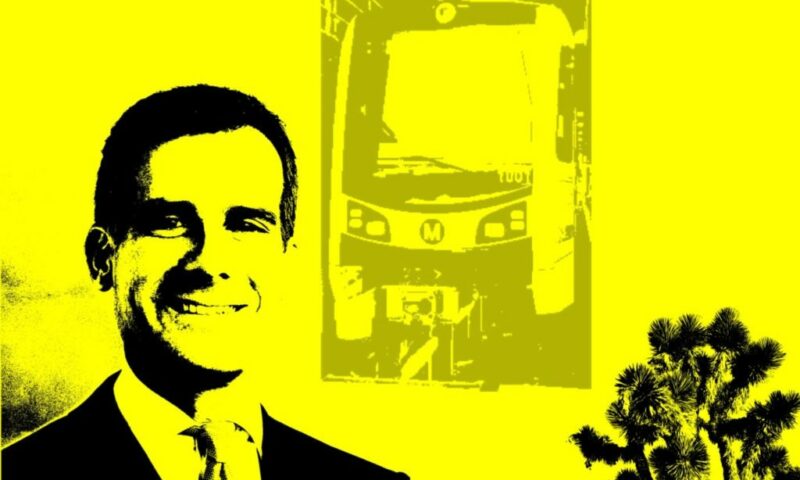

With tongue firmly planted in cheek Thursday, a beaming Los Angeles Mayor Eric Garcetti credited two secret weapons for helping him break a deadlock among a labor coalition, civic groups, Kinkisharyo International LLC and the city to craft a compromise to save jobs and keep construction of new light rail cars in Palmdale: “bad pizza and smaller meeting rooms.”
Garcetti also serves as chair of the county’s transit authority, Metro. His self-deprecating quip garnered a hearty laugh while setting the tone for a mostly celebratory morning press conference to announce the new agreement before Thursday’s regular Metro board meeting.
In addition to the mayor and Kinkisharyo reps, news conference attendees included L.A. County Supervisor Mike Antonovich, Palmdale Mayor Jim Ledford Jr., Executive Secretary-Treasurer of the Los Angeles County Federation of Labor Maria Elena Durazo and Antelope Valley business group leaders.
All of the speakers heaped praise upon Garcetti for taking the lead in this 11th-hour process to broker the deal.
» Read more about: How Negotiators Erased Lines Drawn in the Sand to Create Jobs »
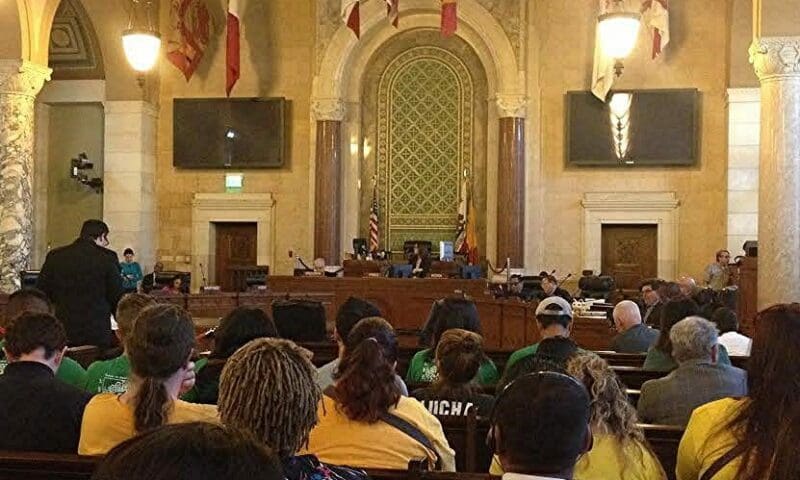
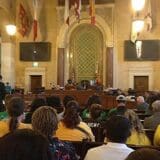
Los Angeles City Council members convened Tuesday for an Economic Development Committee hearing on a motion that would raise the minimum wage for workers in the City of Los Angeles to $13.25 per hour beginning in July 2017, and link future wage hikes to the Consumer Price Index. The motion also calls for an independent study on the economic impact of raising the minimum wage to $15.25 per hour after 2017. Councilmembers further discussed a closely related motion that would focus on the challenge of implementing and enforcing the new wage laws.
Supporters from a variety of local community and labor organizations, each wearing different colored T-shirts, showed up to back the wage increase, including from the Koreatown Immigrant Workers Alliance (KIWA), Alliance of Californians for Community Empowerment (ACCE), L.A. Black Workers Center and Restaurant Opportunities Center Los Angeles (ROC-LA), among others. The hearing, which came just a month after Council members voted to raise the minimum wage to $15.37 for certain hotel workers,
» Read more about: Citywide Wage Hike Gets First Council Hearing »